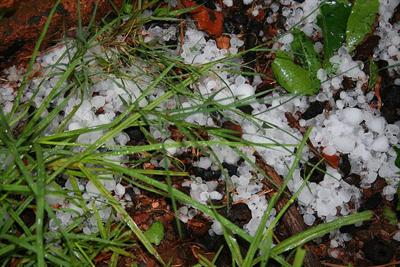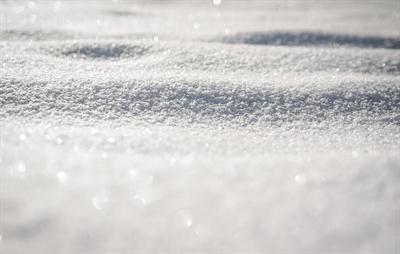
PUMPA - SMART LEARNING
எங்கள் ஆசிரியர்களுடன் 1-ஆன்-1 ஆலோசனை நேரத்தைப் பெறுங்கள். டாப்பர் ஆவதற்கு நாங்கள் பயிற்சி அளிப்போம்
Book Free DemoThe process in which any form of water that falls from the cloud and reaches the earth surface is called precipitation. To have precipitation, cloud droplets or ice crystals must grow heavy enough to fall through the air. On reaching the threshold size, the droplets tend to fall. While moving down, they may collect some more small droplets and become heavy enough to fall out of the cloud as raindrops.
The climatic conditions/ factors influencing the forms of precipitation are:
● Altitude
● Cloud type
● Atmospheric conditions
● Precipitation process
The main forms of precipitation include drizzle, rain, sleet, snow, hail etc.
Forms of Precipitation
Depending on the elements of weather or climate of the region, the form of precipitation varies. It drizzle or rains in the warmer parts of the world. But it may be snow or ice in the colder regions. Common types of precipitation are rain, sleet, freezing rain, hail and snow.
Rain
Rain is liquid precipitation. It is the most common kind of precipitation. If the size of raindrops is <0.5mm in diameter, then it is called a drizzle. If the size is >0.5mm in dia, then it is known as rain.
Generally, drizzle takes place from stratus clouds.
Sleet
Sleet is partially frozen rain, i.e., a mixture of water droplets and tiny particles of ice (5mm in diameter) known as sleet.
When raindrops fall through a layer of air below 0°C, i.e. freezing point of water, the raindrops freeze into solid ice particles. So, the mixture of water droplets and ice particles would fall on the earth surface. Sleet or ice pellets are the rain that falls from clouds but freezes before it reaches the ground.
Freezing Rain
This kind of precipitation occurs when the air near the ground, and the ground is at freezing temperature. Here the raindrops do not get enough time to freeze in the air, so the raindrop touches the cold surface as a liquid but freezes on touching the surface. This is called freezing rain, and the drops of water are usually greater than 0.5 mm in diameter.
Hail
Here, the precipitation occurs as round pellets of ice larger than 5mm in diameter called hail or hailstones.
Hail forms only during thunderstorms in cumulonimbus clouds. A hailstone starts as an ice pellet inside a cold region of a cloud. Strong updrafts in the cloud carry the hailstone up and down through the cold region many times.

Hailstones
Snow
Often, during the fall of temperature below freezing point, water vapour in a cloud is converted directly into snow pieces. The precipitation in the form of a powdery mass of ice is known as snowfall.
It is common in the high altitude of mountains and polar regions.

Snow
Snowfall occurs when many individual snowflakes fall from the clouds. Unlike a hail storm, snowfall is usually calm. Hailstones are hard, while snowflakes are soft.
Depending on the temperature and humidity of the air, snowflakes develop different patterns.